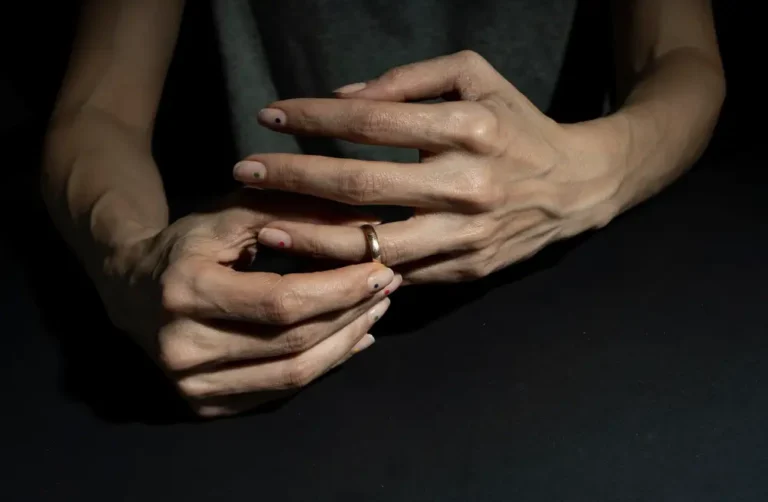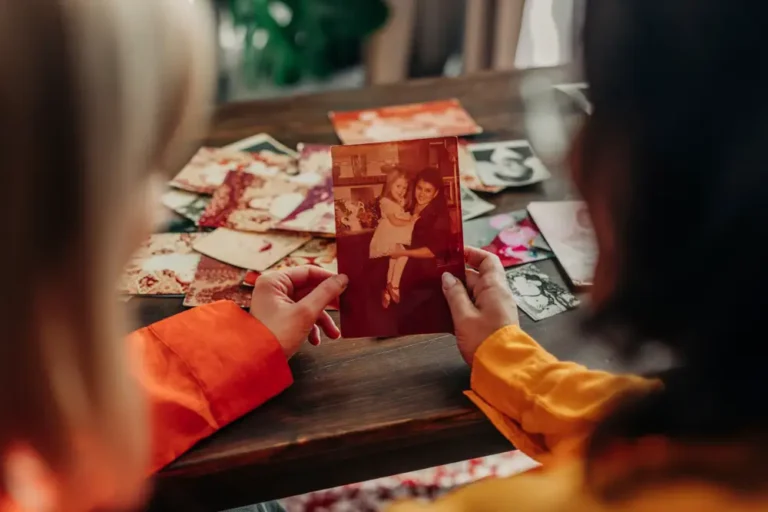Can you rely on COVID-19 at-home tests? Here’s what you should know

People are increasingly relying on at-home tests to determine whether they have COVID when they have sniffles or a cough. Can they, however, believe that a self-test will provide an accurate result?
According to experts, at-home rapid tests will detect coronavirus even as new strains emerge — but a negative result does not rule out COVID.
As you insert the swab into your nose, consider what the Centers for Disease Control and Prevention says about COVID testing in 2023: Positive at-home test results are precise and dependable. A single negative antigen test does not exclude infection.
Tests are not variant-specific.
For the time being, the COVID variant has little bearing on whether rapid tests detect the virus because they target the coronavirus’s nucleocapsid proteins, which do not change as much as spike proteins targeted by vaccines.
“These at-home tests are designed to detect the part of the virus that is not affected by genetic changes that produce a new variant,” Dr. Nicole Iovine, chief hospital epidemiologist at UF Health Gainesville, explained.”These are still good tests and will detect the virus even as it keeps mutating itself.”
Iovine compares the COVID rapid test to the influenza test. “Every year, different strains circulate but tests are still able to pick it up,” she went on to say.
The importance of timing
After three years, some people no longer want to know if they have COVID, dismissing mild symptoms as a cold or allergies. However, you never know when you will come into contact with high-risk people, such as elderly family members or immunocompromised coworkers, and testing can help guide your behavior. If you are seriously ill, you should consider taking an antiviral like Paxlovid.
When testing yourself at home, testing too soon can have an impact on the outcome.
If you have symptoms but your at-home test comes back negative, this does not rule out COVID. You could have tested before the virus levels were high enough to be detected. If you feel congested, achy, or have a sore or scratchy throat and your test is negative, the FDA recommends that you take another test 48 hours later.
People are getting symptoms sooner now that our immune systems recognize the virus, and they may test themselves before the virus has a chance to build up enough copies to show a positive result, according to immunologist Michael Mina, chief science officer at the telehealth company eMed.
“So people are now starting to test really fast, like day one, day two post-exposure, when we know that the average person won’t get a viral load that’s high enough to be detectable on PCR or antigen tests until day 3, 4, 5 or 6,” Mina was quoted as saying by CNN.
What should you do if you have been exposed?
“Testing should be based on symptoms and risk,” said Dr. Dushyantha Jayaweera of the University of Miami Miller School of Medicine, an infectious disease expert. “If you have symptoms that point to COVID, you should get tested.” It should be based on how you feel right now, not when you were vaccinated or last infected.”
If you were exposed to COVID but do not have symptoms, the FDA recommends waiting at least five days before testing because swabbing too soon can result in a false negative.
According to Jayaweera, consider the type of exposure: “If you had prolonged exposure to someone who has COVID but don’t have symptoms, wait a few days and test.”
According to Mina, roughly 30% of people test positive within three days of exposure, another 30% to 50% within five days, and about 20% test positive around day six or seven.
If you have been exposed and tested negative, the FDA recommends repeating the test twice more, 48 hours apart. You should be cautious around anyone who is immune-compromised until your third negative test result.
PCR tests are still the most accurate way to confirm you have the virus. You can still have them done by a doctor and processed in a lab. Results can take up to 24 hours to appear.
Where can I get a home examination?
The federal government offers four free COVID-19 at-home tests by mail at COVID.gov/tests.
If you have symptoms or were exposed and want to test yourself right away, go to your local pharmacy. Some private health insurance policies may cover the cost of self-tests. Retailers such as Publix and Walmart stock various brands of the tests near the pharmacy window.
Tests that have expired may produce inaccurate results.
If you have tests from last year lying around your house, the FDA has a list of all the at-home tests that show whether they have expired or if their expiration date has been extended. Check out the At-Home OTC COVID-19 Diagnostic Tests website.
But why take the risk? You can’t always trust the results if the test has expired, according to Iovine.
Are at-home tests for children less reliable?
They could be less dependable.
In a study of 426 Taiwanese children, rapid tests frequently read as negative when the child was positive. To confirm their positive result, a PCR test was used. In this study, the negative predictive rate was only 38% accurate. Researchers believe that the difficulties parents have in getting a nasal swab from a squirmy child skewed the test results.
When should you retest after being exposed to COVID?
If you test positive for COVID-19, the CDC recommends that you stay at home for at least five days and isolate yourself from other people. You are most likely contagious during the first five days. If you are still experiencing symptoms, you should be released from isolation only after you have been fever-free for 24 hours (without the use of fever-reducing medication such as Tylenol) and your symptoms are improving.
People frequently want to retest to ensure they are COVID-free, but immunologists say it can take up to 10 days (or longer) to get a negative result. Workplaces rarely require a negative outcome to return to work.
“We know that a rapid test can pick up viral particles that might not be active,” Iovine said in a statement. “It’s best to go by the symptoms.”
“But if you are medically fragile or going to be more around someone who is vulnerable, rather than testing again, take additional precautions,” she went on to say.






